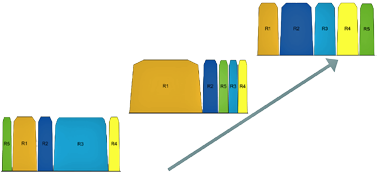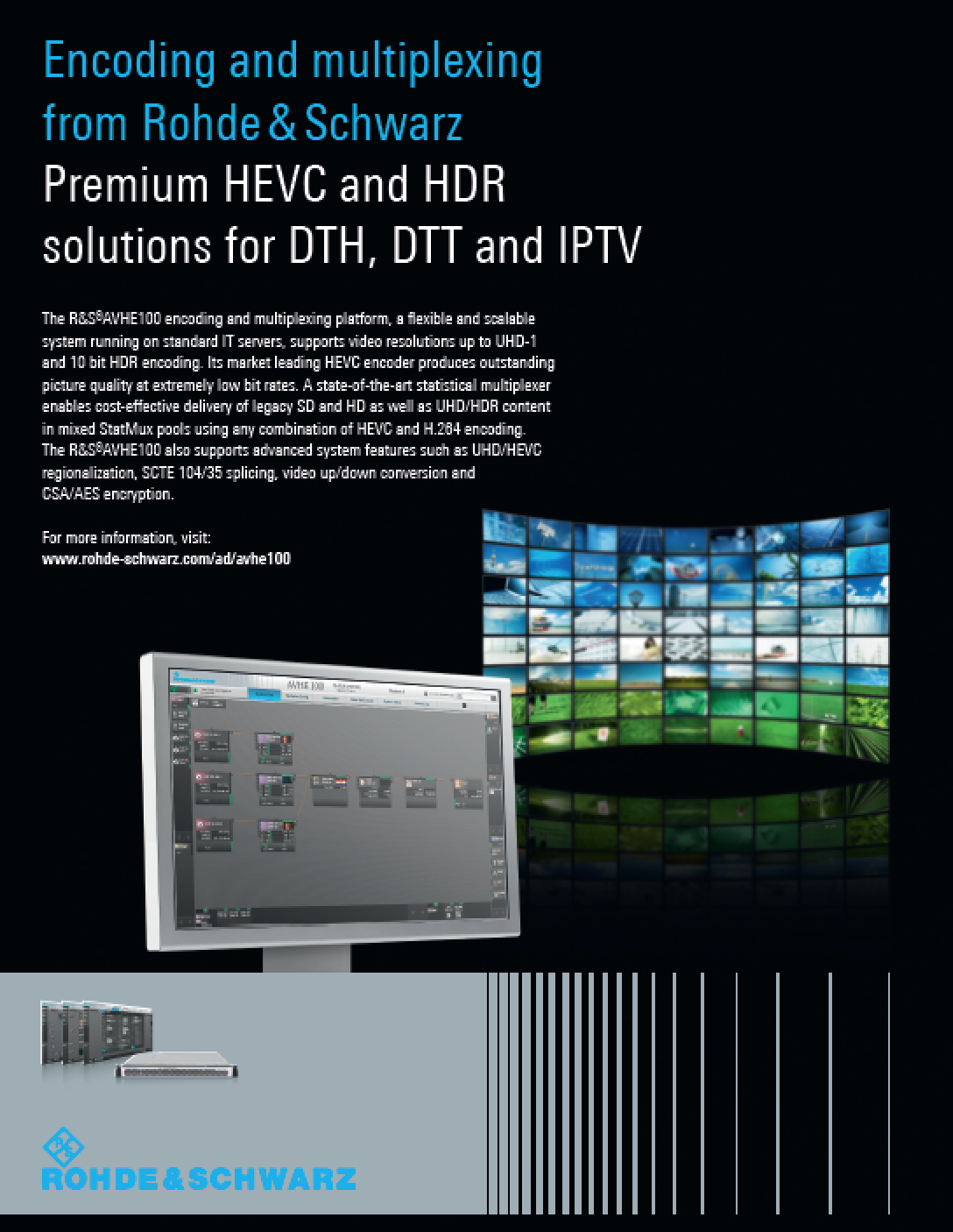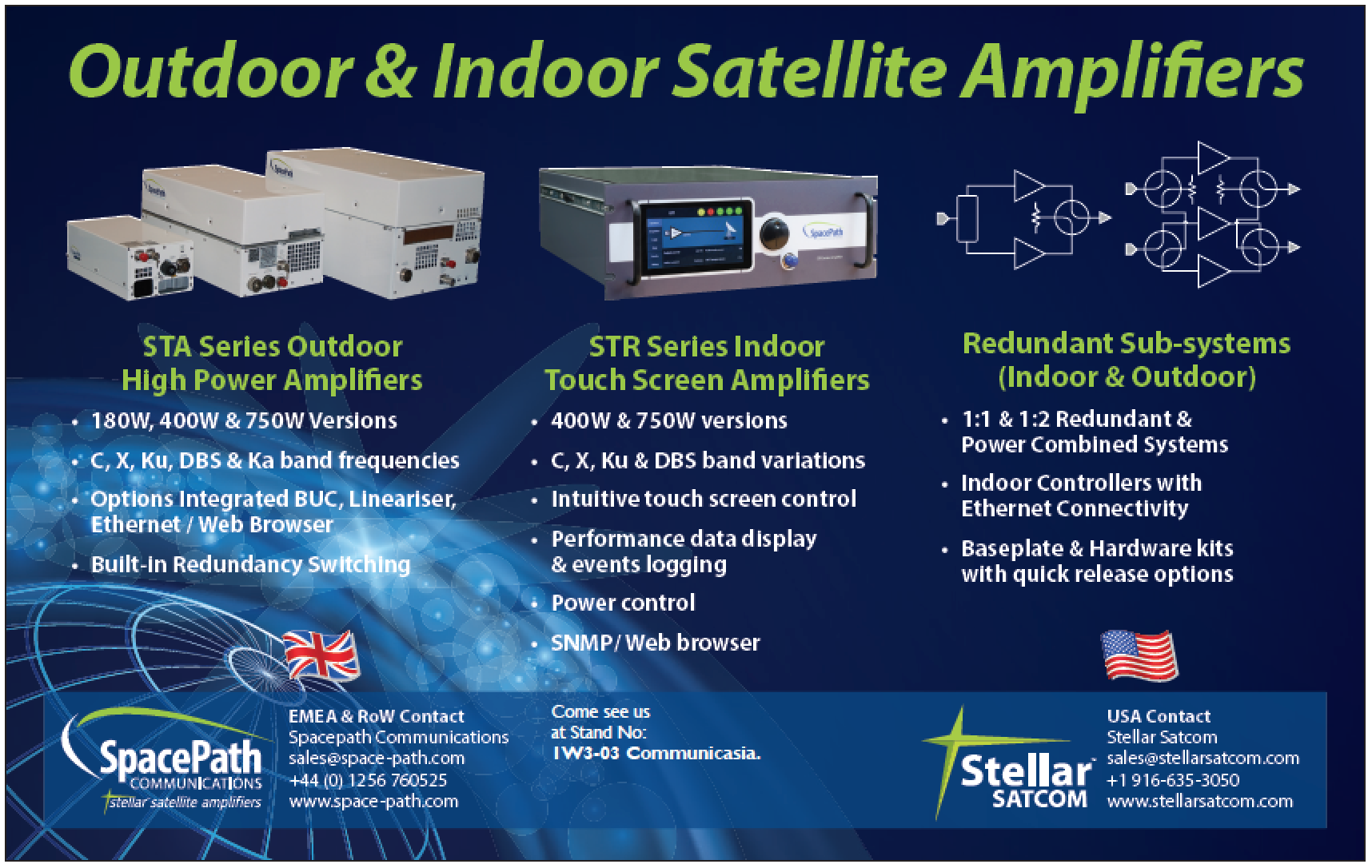The Comtech EF Data Heights™ Networking Platform (H-DNA) is engineered to elevate business services with unparalleled horsepower, efficiency and intelligence.

The features within the platform were designed with the service provider and its multi-user environments in mind, from concept to operation.
Heights combines Comtech EF Data’s most efficient waveforms, header and payload compression engines, WAN optimization, multi-tier Quality of Service (QoS), proven dynamic bandwidth and power management along with bi-directional Adaptive Coding & Modulation (ACM) capability to provide the highest user throughput, highest availability, and most optimal resource utilization available in the industry.
The Heights Networking Platform meets the demands of those operating on traditional wide beams while providing distinct advantages for those using or considering migrating to High Throughput Satellites (HTS). Heights is HTS-ready, providing the lowest cost and highest throughput solution for fixed or mobile terminals. Heights can economically scale from tens to thousands of sites.
Heights Dynamic Network Access (H-DNA) is an evolutionary dynamic network access technology designed for Heights return links that:
• Rapidly adapts to changing environments
• Delivers superior efficiency and Quality of Experience (QoE)
• Instantly assigns capacity based on network-wide demand
• Intelligently utilizes total network bandwidth at all times
H-DNA is fast, flexible and uncompromising, delivering unprecedented benefits to users and service providers alike.
H-DNA Rapidly Adapts to Changing Environments
Internet, mobile networks and corporate networks have varying levels of bursty traffic. Changing weather has a major impact on Ku- and Ka-band networks. A mobile terminal is also affected by its location in the satellite footprint. H-DNA was designed from the ground up to seamlessly and rapidly react to changing network traffic and link conditions, maximizing the utilization of available bandwidth resources and increasing revenue-generating traffic traversing the network.
H-DNA is designed to provide sub-second reaction time to changing user demand, as well as link conditions without introducing TDMA like jitter and latency. H-DNA’s rapid response is made possible by precise time and frequency synchronization between the hub and the remotes. H-DNA operates on a periodic sub-second time interval. The integrated H-DNA controller at the hub creates and distributes a new bandwidth plan prior to the start of next time interval based on real-time network-wide traffic demand, link condition reports and QoS profile. All the network sites implement the new plan at the start of the next time interval. Each plan has new:
• Frequency assignment for all sites
• Transmit power assignment for all sites
• Symbol rate assignment for all sites
• Modulation & Code Rate (MODCOD) assignment for all sites
• Hub receiver assignment for all sites
H-DNA is designed to improve service flexibility and revenue without increasing bandwidth expense.
H-DNA Delivers Superior Efficiency and Quality of Experience
Quality of Experience is “the degree of delight or annoyance of the user of an application or service. It results from the fulfillment of his or her expectations with respect to the utility and / or enjoyment of the application or service in the light of the user’s personality and current state.”1
Users demand a high-quality, consistent network experience everywhere, all the time, no questions asked. If this demand is not met from their service provider, they will not hesitate switching to another provider. This makes user Quality of Experience a key differentiator between service providers.
Traditionally, delivering superior QoE required dedicated bandwidth resources, which made the solution less economical and less flexible for many service providers. With H-DNA you don’t have to compromise between economics, flexibility and superior user QoE. H-DNA is designed to provide the best in class user QoE along with highest bandwidth efficiency and flexibility.

Remote to Hub Return Bandwidth Pool
H-DNA leverages Comtech’s Advanced VersaFEC®-2 high-performance LDPC waveform, Adaptive Coding & Modulation (ACM), Dynamic Power Control (DPC), IP optimization (with header and payload compression), low framing overhead, multi-tier QoS and WAN optimization to deliver most user IP bits per Hertz compared to any other product in its class. The integrated H-DNA controller uses real-time demand, link condition reports, optimization performance metrics and QoS profiles to maintain optimal bandwidth utilization at all times.
Unlike TDMA, H-DNA is optimized for low latency and low jitter, zero packet loss, zero packet duplication and zero out of sequence packets, as well as providing the best in class user QoE. The multi-tier QoS engine ensures that mission-critical traffic along with real-time voice and video is processed with the lowest possible latency and jitter. Integrated WAN optimization speeds up web-based applications enhancing user QoE.
H-DNA enables service providers to differentiate their service offerings and deliver superior QoE while simultaneously improving profitability.
H-DNA Instantly Assigns Capacity Based on Network-Wide Demand
IP networks are inherently bursty with user traffic varying over time at individual sites and across the entire network. Traffic can ramp up or down rapidly at one or more sites or even network-wide. H-DNA is designed to instantly react to changing network-wide demand by reassigning return capacity with a new bandwidth plan. Rather than treating sites individually, H-DNA takes a holistic network-wide view when reassigning capacity in response to changing demand:
• Evaluates network-wide demand
• Considers needs of individual sites, as well as network-wide QoS rules
• Uses total traffic’s mix of high priority versus best effort traffic
• Recognizes configured SLA/QoS profile for the network and the individual sites (CIR, MIR, Priority, Weights)
• Measures current link conditions (are one or more sites experiencing fade and need more symbols to meet demand)
• Understands current footprint location of mobile terminals (did a mobile terminal move closer to beam edge versus beam center or vice versa and need more or less symbols to meet demand)
H-DNA ensures that bandwidth is instantly made available to users and sites across the network as the demand changes. H-DNA and multi-tier QoS integration enforces bandwidth allocation in accordance with network level, site level and user level SLAs ensuring that service providers are able to use their most valuable bandwidth resources for highest priority revenue generating traffic while allowing low priority/best effort traffic to use any remaining bandwidth.
H-DNA Intelligently Utilizes Total Network Bandwidth at all Times
H-DNA is designed to allocate all available bandwidth (MHz and Mbps) per user demand and configured SLAs. When creating a new bandwidth plan:
• Bandwidth is first set aside to meet Committed Information Rate (CIR) per SLA
• Remaining bandwidth is then used to meet Maximum Information Rates (MIR) per SLA
• Any remaining bandwidth is then distributed in a round robin fashion to all sites, subject to site transmission capabilities
Excess bandwidth allocated to sites is instantly available for bursty applications without having to wait for next bandwidth plan update. Improved responsiveness further increases user QoE. Excess allocated bandwidth also provides margin for fade between ACM and DPC updates.
Delivering Benefits
H-DNA is an evolutionary dynamic network access technology. It is fast, flexible and uncompromising, delivering unprecedented benefits to users and service providers alike.
comtechefdata.com/
References
1Qualinet White Paper on Definitions of Quality of Experience (QoE) and Related Concepts, March 2013



